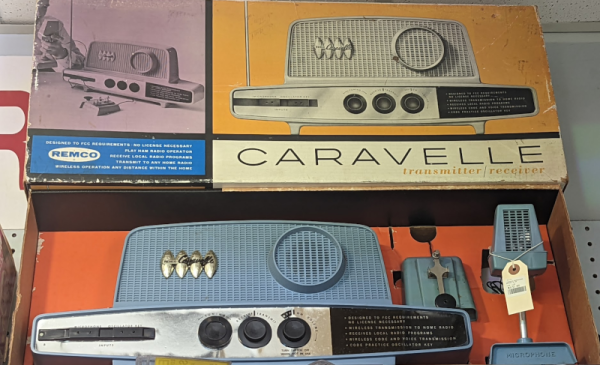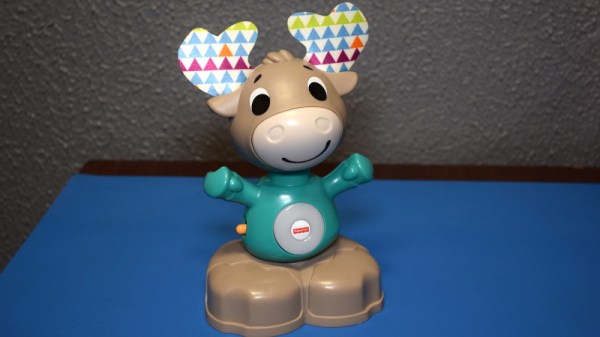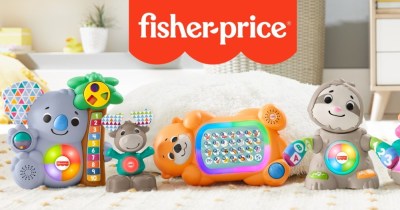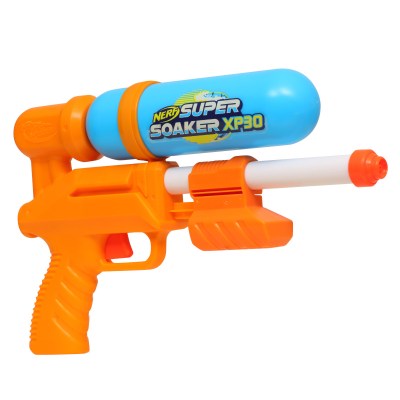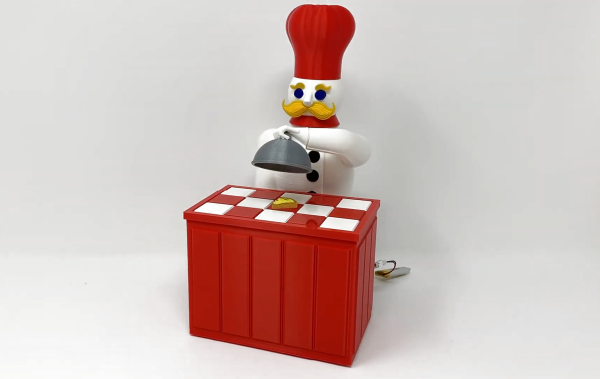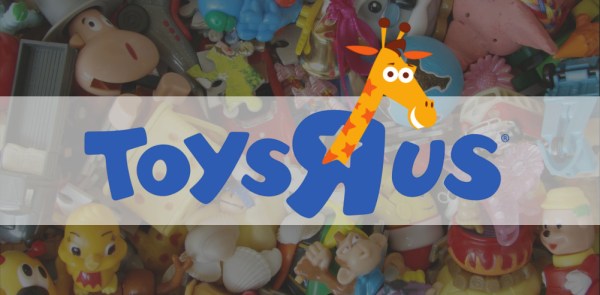If there ever was a toy that enjoys universal appeal and recognition, the humble Rubik’s Cube definitely is on the list. Invented in 1974 by sculptor and professor of architecture Ernő Rubik with originally the name of Magic Cube, it features a three-by-three grid of colored surfaces and an internal mechanism which allows for each of these individual sections of each cube face to be moved to any other face. This makes the goal of returning each face to its original single color into a challenge, one which has both intrigued and vexed many generations over the decades. Maybe you’ve seen one?
Although there have been some variations of the basic 3×3 grid cube design over the years, none have been as controversial as the recently introduced WOWCube. Not only does this feature a measly 2×2 grid on each face, each part of the grid is also a display that is intended to be used alongside an internal processor and motion sensors for digital games. After spending many years in development, the Rubik’s WOWCube recently went up for sale at $299, raising many questions about what market it’s really targeting.
Is the WOWCube a ‘real’ Rubik’s Cube, and what makes something into a memorable toy and what into a mere novelty gadget that is forgotten by the next year like a plague of fidget spinners?
Continue reading “Rubik’s WOWCube: What Really Makes A Toy?”



